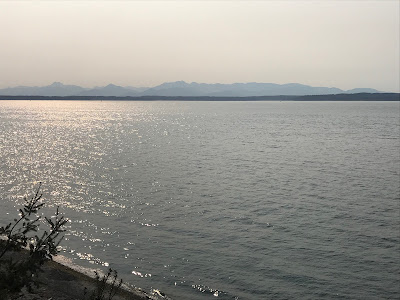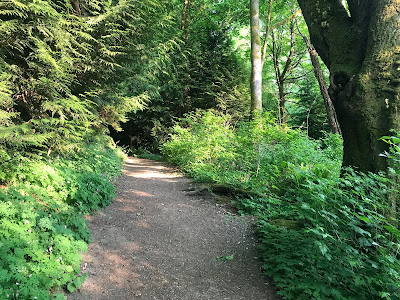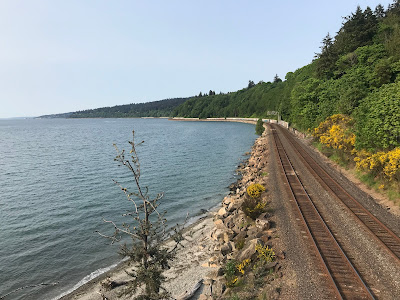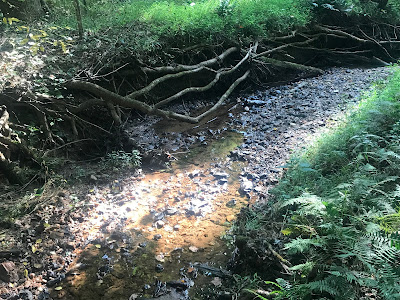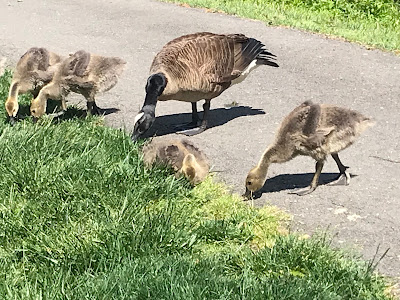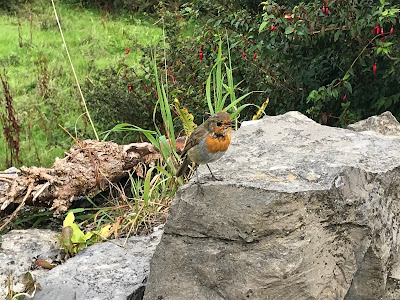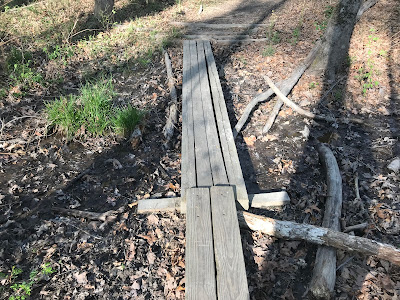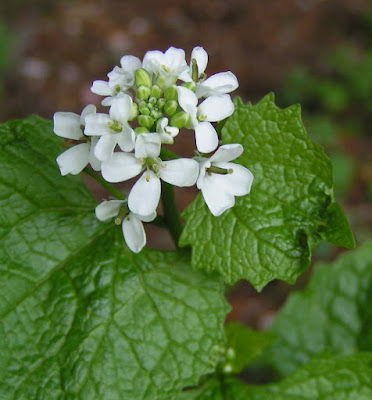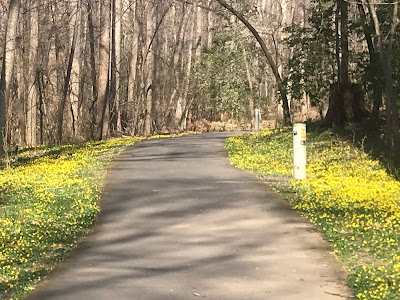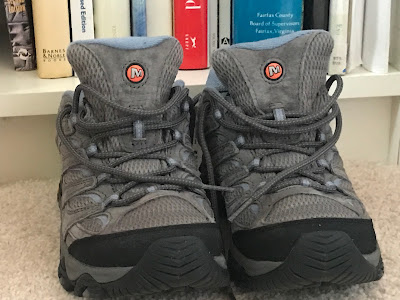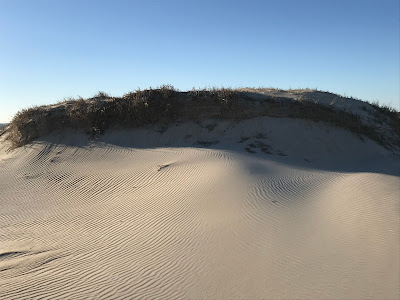On Foot to the Sound
Yesterday, the reprise of a walk I remember taking years ago: through Seattle’s Carkeek Park to Puget Sound. We started on a trail that my friend Peggy designed and helped bring about. From there we entered a woods so deep, light-filtered and northwestern that I wanted to bottle it and bring it home.
There were meadows and wildflowers and an old orchard. Pipers Creek was our constant companion.
Shortly before we reached the water, we walked across a high bridge that straddled a railroad track. A freight train was moving through, car after car. The view took on motion then, and the water glittered in the sun.
